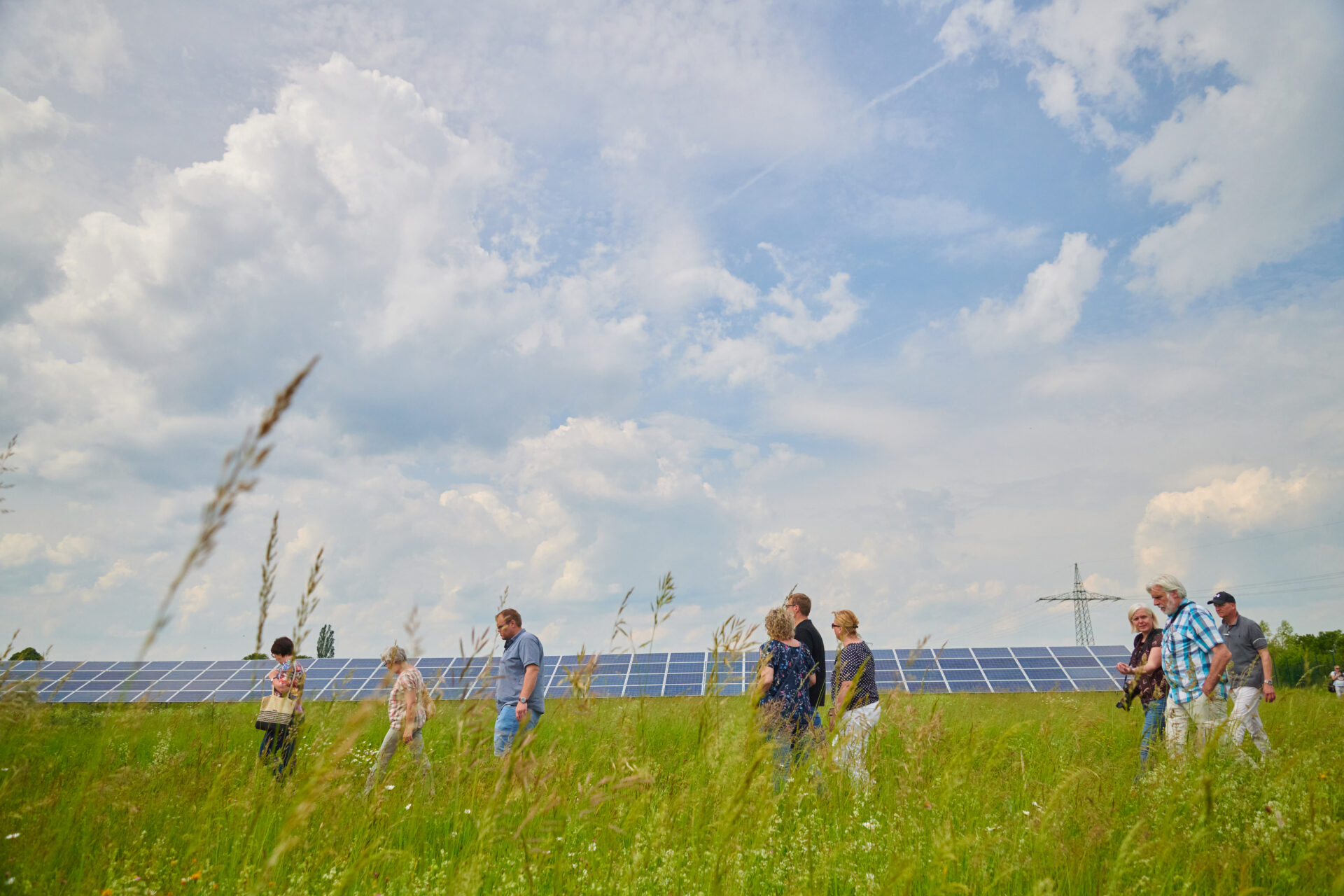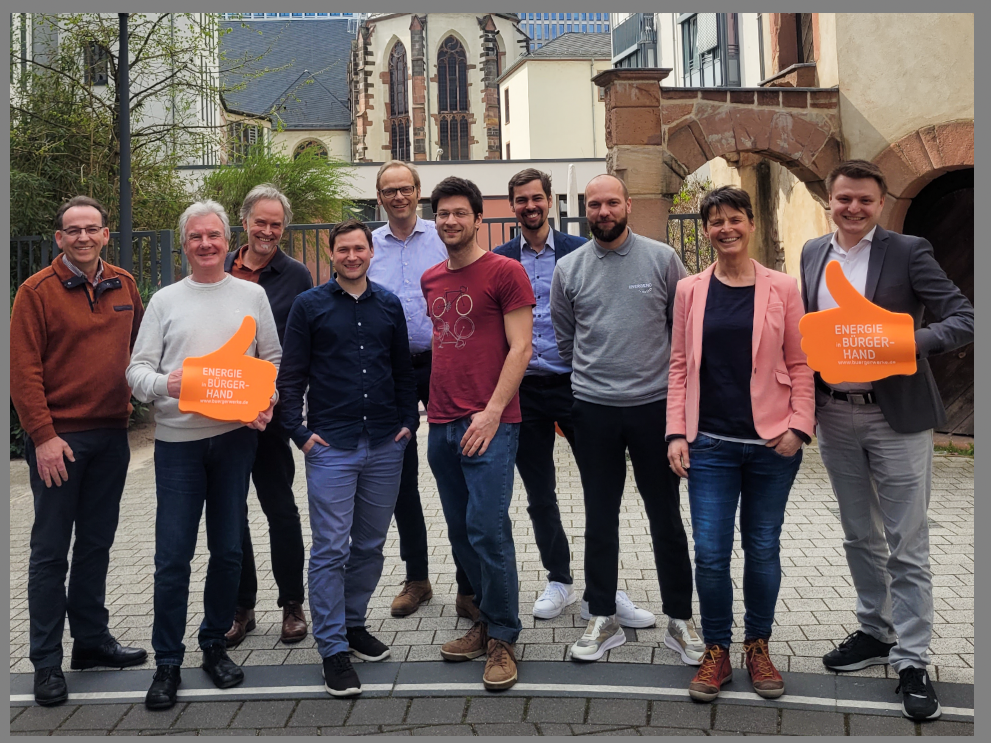Once the area has been secured and a contract has been concluded with the landowner, planning permission must be obtained. The route to planning permission depends on the area on which the ground-mounted PV system is to be built.

Once a suitable area for a solar park has been found, the Contact established with the municipality be realised. The approval of the local authority is an essential step for the realisation of the project. This is because the construction of a ground-mounted PV system depends heavily on regional regulations and decisions off. Ultimately, the municipality issues the Building permitwhich is decisive for the further steps in project development.
A question of surface area
Whether and when the local authority authorises the construction of a solar park depends on the type of area on which the PV system is to be erected. This is because in January 2023, a privileged status was introduced for selected areas as part of an amendment to building law. A distinction is now made between privileged and non-privileged areas differentiated.
Privileged areas
For so-called Privileged areas This means that project developers can submit a building application directly to the municipality. The complex Development plan procedurewhich usually takes up to 12 months or longer, Not applicable. This change is primarily intended to save costs and time.
Examples of privileged areas:
- Along motorways (distance: 200m)
- Along multi-track railway lines (distance: 200m)
- PV systems close to the farm, e.g. a system of max. 2.5 ha "directly" on the farm
An overview of non-privileged areas and which areas are suitable for the construction of solar parks and which are not can be found at here.
The privileged status is based on the assumption that the verges along railways and motorways are already "characterised by visual and acoustic pollution, so that PV systems should be permitted there without the need to carry out a planning procedure"*.
However, the change in building law also means that the municipal council no longer has to approve the construction of a solar installation. The Project sponsors are even entitled to be granted planning permission if all requirements are met and no so-called public interests oppose the construction of the plant. This may be, for example, the fact that areas along motorways or railways have already been designated as agricultural land in an existing land use plan of the municipality. Furthermore, the Observe the spatial planning of the municipality and the Comply with nature conservation and species protection laws.
Non-privileged areas
In most cases, however, solar parks are built on non-privileged areas such as farmland or grassland. Municipal planning sovereignty continues to apply here and the facilities must undergo the municipal approval processes such as the preparation of the development plan and the amendment of the land use plan. The Urban land-use planning initiated. As part of a so-called Development plan procedure (also known as the B-plan procedure), the local authority decides whether or not the solar park can be built on the identified land.
Many advantages for the municipality
A rapid transition to a climate-neutral energy supply is favoured by social acceptance. An important step here is the involvement of local authorities and citizens. Many forms of participation are possible for ground-mounted PV systems, which should be considered depending on the individual project. You can find a detailed overview on our page on the topic "Variants of participation". In addition, many federal states have already introduced their own regulations on participation. You can find an overview here here.
Step 3: Construction of the ground-mounted PV system
The municipality is the key player when it comes to the construction of ground-mounted PV systems. Only with planning permission can the Construction of the plant start.
Further steps in the creation of a solar park
All steps at a glance:
- Step 1 from 4: Land reclamation - From potential area to solar park
- Step 3 from 4: Construction phase - How is a solar park built?
- Step 4 from 4: Operation & management - Maintaining and managing a solar park






